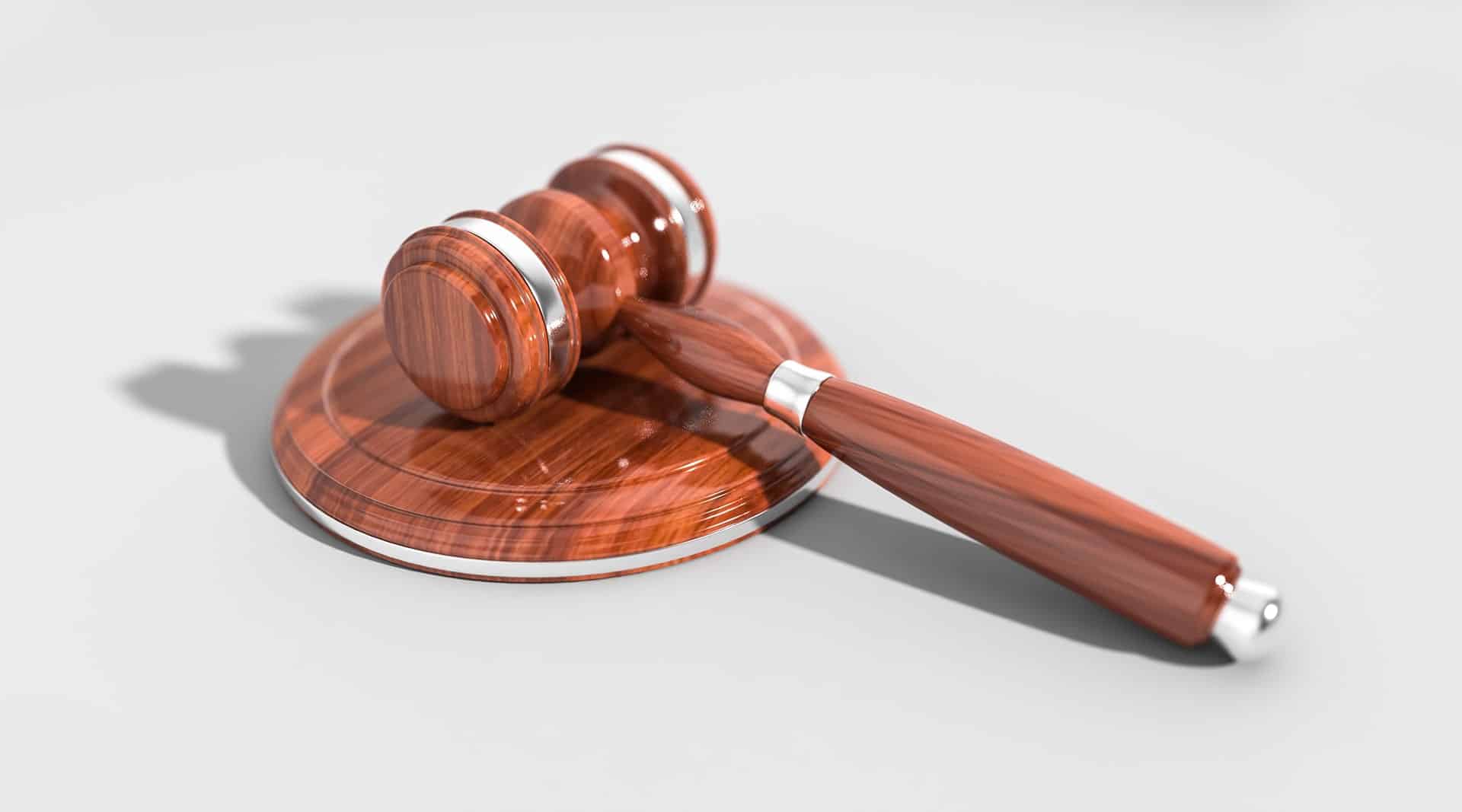If your own prognosis is met, then the franchisor is not liable
In a recent case before the Court of Appeal of Arnhem-Leeuwarden, a franchisee in the food industry claimed substantial damages from his franchisor. The franchisee argued that the franchisor had provided incorrect information in the pre-contractual phase. This information included a report drawn up by a third party regarding the expected turnover. The franchisee then assumed a lower turnover in his own budget. On this basis, the court concluded that the budget provided by the franchisor was apparently not of decisive importance and the franchisee’s claims were therefore rejected.
Facts
In this case, the franchisor commissioned a third party to map the market area in a particular location. It concerned a new branch that was to be realized in a new shopping center to be developed. Subsequently, a report was delivered in which a turnover was estimated.
The report containing an estimated turnover was provided by the franchisor, together with a sales brochure, to a potential franchisee. This franchisee then had an operating budget drawn up by his accountant. This budget was based on a lower turnover. The franchisee had finally decided to work with the franchisor and a purchase, franchise and rental agreement was therefore concluded for the new location.
Although the own (lower) forecast was achieved in the first year, the exploitation turned out to be disappointing and in the legal proceedings the franchisee held both the external party and the franchisor liable for his damage on the basis of tort. With regard to the agreements concluded with the franchisor, the franchisee claimed, inter alia, annulment on the grounds of error. The franchisee based its claims on the fact that incorrect information had been provided with the report.
For the purpose of the procedure, the franchisee had engaged other experts who had reasoned that turnover should have been lower.
Court assessment
However, the court concluded that this does not mean that the report is in itself unsound, as other approaches are possible. In addition, the report takes into account disappointing operations by means of a bandwidth, which means that a margin of uncertainty has been built in. The court did not consider it necessary to conduct further research into the exact approach for the turnover forecast, as it apparently can be based on various factors and was not a question of “hard science”.
In short, the court concludes that there are no errors or improper conduct. In addition, the court considers that a difference of opinion in the interpretation of market areas does not mean that there are errors or incompetence.
According to the court, the author of the report is therefore not liable.
In addition, the franchisee’s claims against the franchisor are also rejected. The court takes into consideration the following:
- The franchisee had been in possession of the report for several months before concluding the agreements with the franchisor;
- The report contained a margin of uncertainty;
- The establishment was realized in a new shopping center to be developed and, according to the court, this is obviously an uncertain factor;
- The franchisee had made a budget that deviated negatively from the sales forecast in the report. The Court of Appeal could hardly rhyme with this other than that a possible lower turnover was already taken into account;
- The franchisee had stated at the hearing that he had not conducted any investigation of his own.
The court sees in the facts that a margin of certainty has been included in the report and that the turnover estimated by the franchisee to be lower is reason to conclude that the decision of the franchisee to operate the establishment was not so much based on the report drawn up at the request of the franchisor based. The lower turnover estimate of the franchisee itself was decisive for this. This budgeted turnover was achieved in the first year. Therefore, whether there are flaws in the report can be left unanswered.
Conclusion
The conclusion of this judgment is therefore that the franchisee has shot himself in the fingers by assuming a lower turnover in his own budget than appeared from the report provided by the franchisor. Since the franchisee apparently failed to convince the Court of Appeal that the franchisor’s report was nevertheless of decisive importance for the conclusion of the agreements, the Court of Appeal cannot but rule that there are no grounds for a successful appeal to error.
Ludwig & Van Dam lawyers, franchise legal advice.
Do you want to respond? Then email to albers@ludwigvandam.nl

Other messages
Judge: Protect franchisee against supermarket organization (Coop) as lessor
Does the franchisee need legal protection from supermarket franchisor Coop? The District Court of Rotterdam ruled on 9 February 2018, ECLI:NL:RBROT:2018:1151, that this is the case.
Acquisition fraud vs. error in franchise forecasting
Who has to prove that the franchisor's forecast is unsound? In principle, this is the franchisee. If the franchisee invokes the Acquisition Fraud Act, it may be that
Obligation to sell back at the end of the franchise agreement
Franchise agreements sometimes provide that the franchisee is required to sell back purchased assets at the end of the franchise agreement.
Supermarket letter – 20
Uncertain legal position of Emté franchisees
Position of franchisees in franchisor restructuring
Franchisees must be adequately and generously informed in advance by the franchisor about the content and consequences of (further) agreements...
Interview Franchise+ – mrs. J. Sterk and AW Dolphijn – “Reversal of burden of proof in forecasts approved by court” – February 2018
The new Acquisition Fraud Act indeed appears to be relevant for the franchise industry, according to this article from Franchise+. Alex Dolphijn of Ludwig & Van Dam assists a franchisee in a




